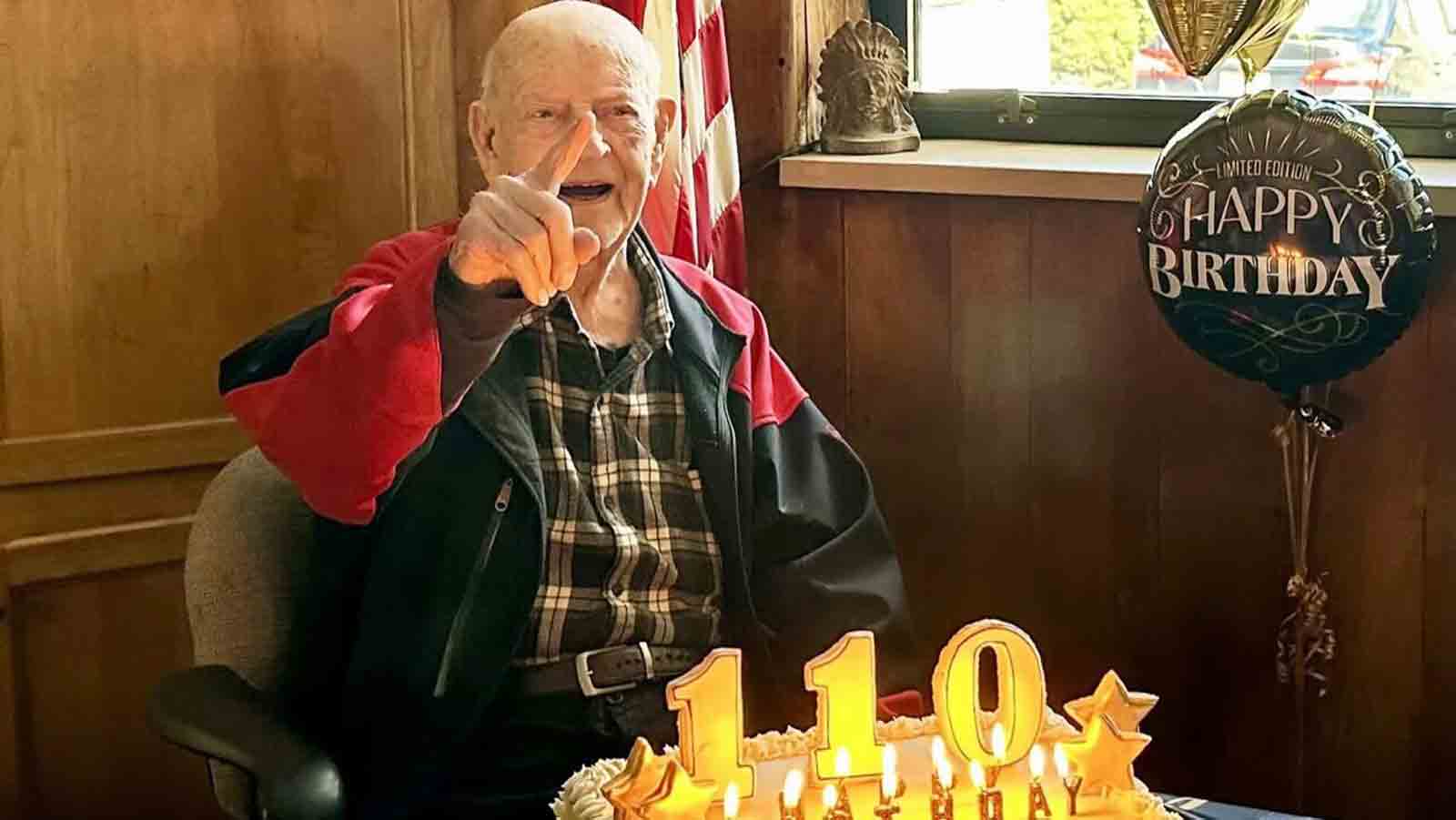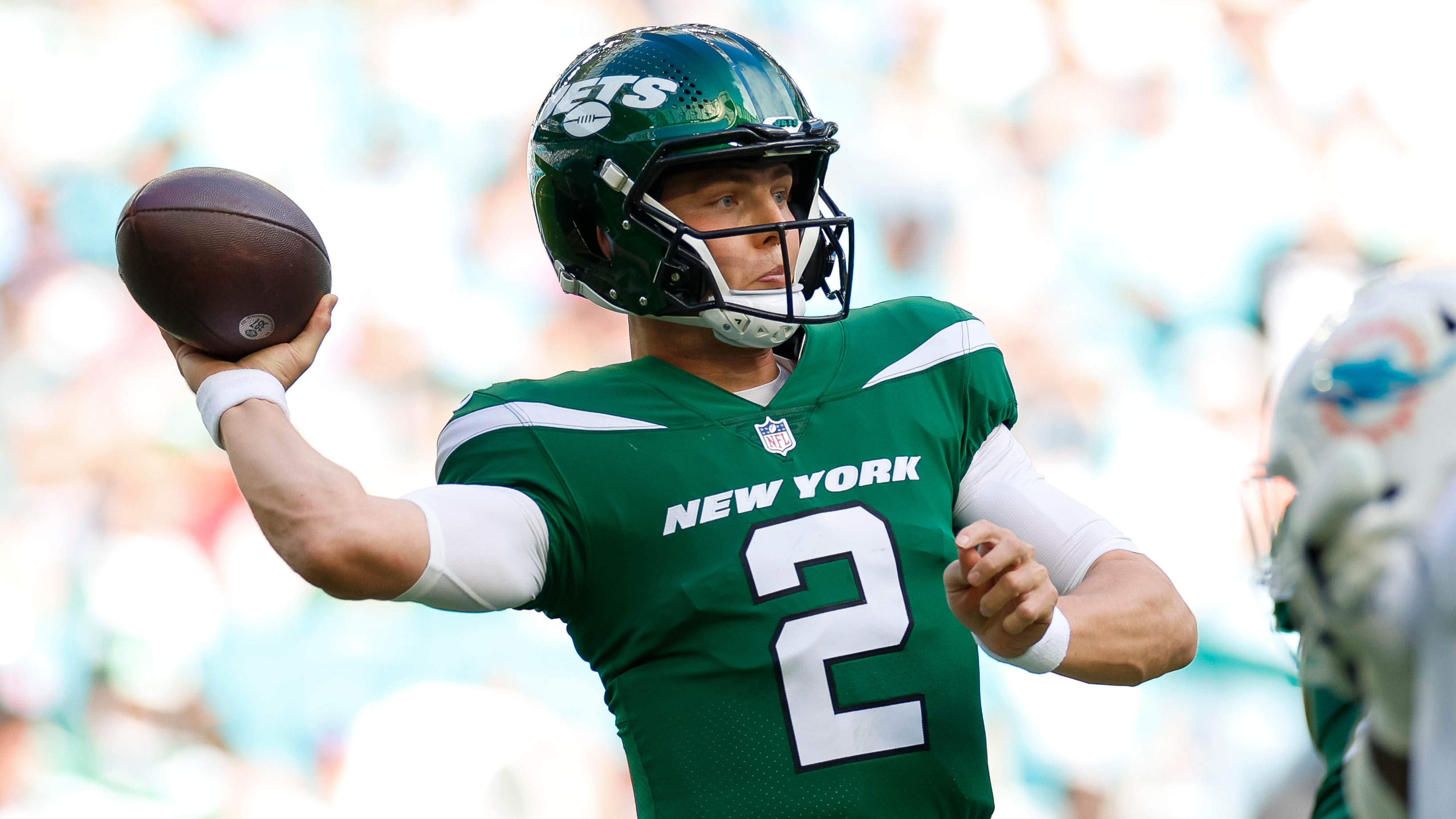In the early days of the MetroCard, the back featured instructions on how to use it, but today, that space features New York’s latest public art project.
When you’re feeling down, this large-scale project features one simple word that might lift spirits: “optimism.”
The word has been printed on the back of 7 million MetroCards this fall in clear and bold sans-serif font. Another 7 million are on the way and set for distribution early next year.
The word is simple and blends in with the thousands of things New Yorkers see every day, which is why creators acknowledged that some riders may never even notice it.
Unemployment is at a 16-year high in the city, and many need help holding their chins up.
“God knows people want to feel good, they want to feel up, they want to feel positive,” Christopher Boylan, who ran the project at the Metropolitan Transportation Authority, told The New York Times. “If I can make a couple of customers smile a day, that’s nice.”
Graphic artist and designer Reed Seifer created the work, printing the first “optimism” logo on buttons he distributed when he was still in college.
“I’ve always loved art that exists in unexpected places,” he told the Times recently, near his Hell’s Kitchen home. “I like that maybe not everyone’s going to see it. Or maybe one day you just look and say, ‘Oh.’ ”
Local
The space on the back of the fare card is about the size of a credit card and was the last place anyone would have thought of as art space. But it has been used to feature fun facts, safety tips and commemorations in its decade and a half life span.
Advertisements have also been printed, but revenues from this source remains low. The agency made $165,000 on MetroCard ads, a sliver of what the authority earns in advertising. But advertising this year generated nearly double the amount from last year.
Fewer than 3 percent of the 120 million fare cards produced in the first 10 months of the year had advertisements, possibly highlighting the authority's struggle to stay afloat and its need of optimism.
Not everyone is going to read the word as optimistic because the art project can be interpreted in a number of different ways. Some can see the word as a taunt, an order or just simply as encouragement.
“I like that people can digest it in any way they choose,” Seifer, 36, told the Times. “I accept all praise and criticism. I love artwork in which people perceive things beyond the intention of the artist.”
Seifer created the fare card project based on a Domino’s sugar packet that said, “An optimist is someone who tells you to cheer up when things are going his way.”
“It’s very open and minimal, and you can see the line weights of the letter forms are all equal weight, so it’s not distracting,” Seifer said. “What I like about this typeface is it promotes without calling attention to itself, which is sort of what the ‘optimism’ MetroCard is about.”
Thousands of ideas flood the MTA’s art division, Arts for Transit, but Seifer’s simplicity and ease of installation stood out to program director Sandra Bloodworth.
Seifer wanted the project to be intimate and unexpected discovery for riders, explaining he did not inform riders and reporters about the large-scale project when it began showing up in September.
“It exists between the card and the person who receives the card,” he told the Times.
He found that this phrase quite fitting: “Optimism is about openings where people don’t expect to find them.”



